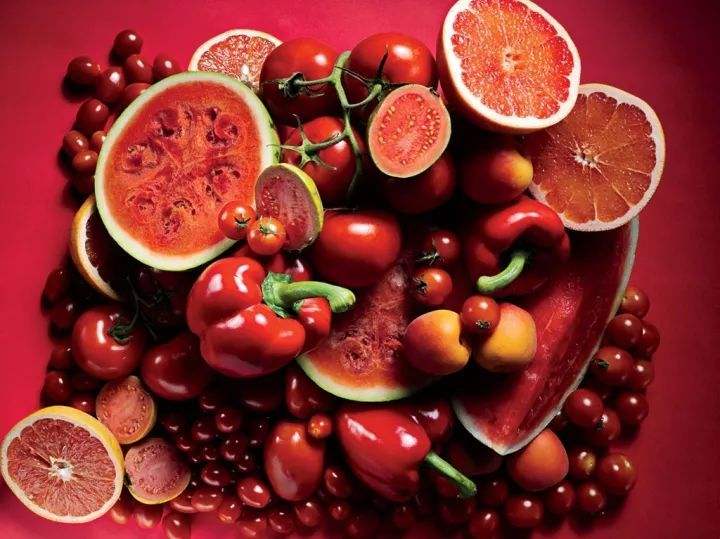GUANGDONG KELONG BIOTECHNOLOGY CO., LTD.
Add: No.5-17 and No.5-32, South area of Qibao Industry and Trade, Huicheng, Xinhui, Jiangmen, Guangdong, China
Tel:+86-750-6978788
Fax:+86-750-6978868
Wechat: 13828063050
Website: http://www.kelongbio.com
Email: export@kelongbio.com
marketing@kelongbio.com
Introduction: The latest statistics show that the global food additive market is about 30 billion US dollars, with an annual growth rate of 3% to 4%, and the use of natural pigments is increasing by 10%-20% every year.

In the 1990s, pigments did not appear in the eyes of the general public. Today, natural pigment products have become popular at home and abroad. Domestic concerns about food safety are increasing day by day. People's understanding and requirements for food colorants have gradually deepened. Some developed countries and regions such as Europe, America, and Japan have come to the stage of legal means to ensure that natural pigments replace chemical synthetic pigments. The demand for natural pigments in foreign countries is on the rise, and the annual sales growth of China's exports of natural pigments to developed countries is over 10%.
Food additive sector: natural pigments are accelerating market share expansion
At present, there are 23 categories of food additives in China, with a total of 2,400 varieties. Every new food additive needs to undergo rigorous review, and strict rules are imposed on the use, scope and maximum use of each food additive. Natural pigments are one of the food colorants and play an important role in improving the color, aroma and taste of food. Natural pigments are food pigments obtained from natural resources and are mainly extracted from animal and plant tissues and microorganisms (culture), with plant colorants accounting for the majority. The use of pigments within the scope and amount of the specification not only improves the safety of the food, but also benefits the production, processing and promotion of human health. Natural pigments not only have the effect of coloring foods, but also a considerable portion of natural pigments have physiological activity. Synthetic pigments can be used for food coloring, but they are more toxic. There are special documents restrictive use in the food industry.
Decades ago, natural pigments were inferior to synthetic pigments in color and stability. However, with the continuous advancement of extraction and processing technology, natural pigments continue to catch up with synthetic pigments in terms of effect and usage. Conventional natural pigment extraction uses soaking methods, and now advanced technologies such as press extraction, ultrasonic extraction, and microwave processing not only shorten the natural pigment extraction time, but also increase the yield. With the improvement of consumption level and consumer food safety awareness, consumers have deepened their understanding of food additives, mainly used in natural pigments such as cakes, beverages, dairy products, etc. The raw materials are mainly from sweet potato, radish, grape and red. Peppers, etc., are easily accepted by consumers, so the natural and original food additive market is on the rise. In the highly competitive food industry, in order to distinguish it from other products, many food manufacturers choose to use natural pigments to replace the traditional synthetic pigments to meet consumer demand for natural foods.
Natural pigment industry development opportunities and challenges coexist
As a food additive and nutraceutical ingredient, natural pigments are mainly used to enhance the quality and safety of products while giving bright colors to food. The natural pigment itself conforms to the consumption concept of natural, healthy and environmental protection, and the market prospect is consistent with the trend of people's consumption upgrading. As people's income increases and consumption upgrades gradually turn potential demand into real demand, the demand for natural pigments in the food industry is increasing, which brings opportunities for the development of the industry.
The research and development of natural food coloring also faces bottlenecks. There are two major problems: one is the lack of a large amount of natural pigment resources with commercial value; the other is the stability of natural food coloring itself. This has led to the high price of natural food coloring, which to a large extent limits its popularity in applications.
For example, because the use of gardenia blue is subject to regulations, and the instability of cyanobacteria severely affects its use in food, natural blue pigments cannot meet the demand of modern foods. In 2009, scientists from Japan have published the origin of chemical analysis of blue anthocyanins from molecular structures, but only stayed in the experimental stage and failed to put into production and use. The main problem is to adjust the pH value. The anthocyanin blue application range is too narrow and the stability is poor. Zhuhai Yafu Group has been researching and developing blue anthocyanins since 2011, and has been experimenting with European partners. The progress of the test has been able to meet the bright blue color of the product in the range of pH 3-8. New progress and new breakthroughs in the blue anthocyanin research project.
Food safety is a topic of great concern to people and a hot spot in today's media coverage. China's food coloring is relatively late and mainly based on synthetic pigments (more than 90%), but with the development of the economy and the strengthening of people's health awareness, as China's accession to the WTO is in line with international norms, natural pigments will replace synthetic pigments. Become the mainstream.